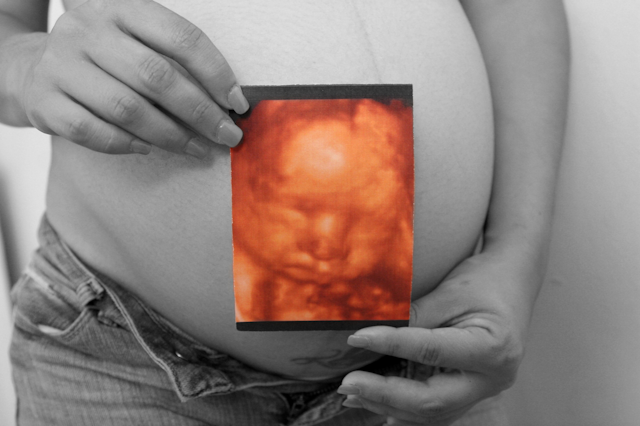A recent Conversation article that said our current laws prohibiting commercial surrogacy are not working was correct. Some states outlaw overseas commercial surrogacy, but people are working around the laws or simply ignoring them.
There’s no evidence, however, to say legalising commercial surrogacy here would stop people from going overseas where it’s probably cheaper and there may be less regulation.
Love isn’t all you need
Proponents of commercial surrogacy argue it doesn’t matter how a child is conceived as long as it is loved.
However, this view contradicts trends in public policy internationally and a large and growing body of research into the experiences of adoptees and donor-conceived people.
Birth circumstances, conception, secrecy and separation from family have life-long implications for identity, well-being, relationships and mental health. A truly child-centred approach cannot disregard this.
Relocating the problem
It is assumed children born of commercial surrogacy in Australia will have access to complete and accurate information, but there are no laws that compel parents to tell their children about their origins in the case of adoption or donor conception.
Overseas commercial arrangements can be expensive, especially in the United States, a first world country. Conditions in many countries are not regulated, lack transparency, are exploitative and do not require standards in record keeping – the release of information (if it exists) is arbitrary. Overseas surrogacy is financially and ethically risky for everybody. But legalising commercial surrogacy in Australia won’t fix this.
Making surrogacy affordable and competitive against cheap Asian options shifts the potential for exploitation to Australian surrogates rather than addressing it. The very low rates of altruistic surrogacy indicate that unless motivated by a deep personal connection between surrogate and commissioning parents, most Australian women consider the risks, inconvenience and potential emotional and health complications of surrogacy to be too much.
Educated, skilled and employed women are unlikely to subject themselves to the demands and risks of pregnancy to fulfil the aspirations of others. This leaves the likely Australian candidates for commercial arrangements as less educated women with fewer skills and employment prospects. While Australia is not a developing country, differences in wealth and power create a dynamic ripe for exploitation.
Properly calculating the real costs for surrogates while ensuring profit for private legal and medical practitioners will not make costs cheaper than Asia or the Americas.
Carrying a child to term is a nine-month, 24-hour-a-day undertaking. It brings discomfort, inconvenience and health risks, and precludes other activities.
Then, of course, there are costs before pregnancy and after birth. Not covering all costs, or costed at less than appropriate rates, will exploit the most vulnerable and powerless in our society. Clinics might turn to importing poor women from overseas as we see egg donors coming into the country now.
The current legislative prohibitions on commercial surrogacy are not working, but there is no evidence that commercialising surrogacy in Australia will solve overseas exploitation. Many commissioning parents in countries where commercial surrogacy exists still go overseas.
Commercialisation will not prevent inappropriate people from accessing children, as in the Baby Gammy case, because there is little focus on the well-being of the children in any legislation or in national and international discussions. The voices of “consumers” dominate these debates.
Legalising commercial surrogacy in Australia will not necessarily prevent the exploitation of women nor ensure the well-being of children under proposed changes to the laws. It will simply change the site at which the exploitation takes place.

